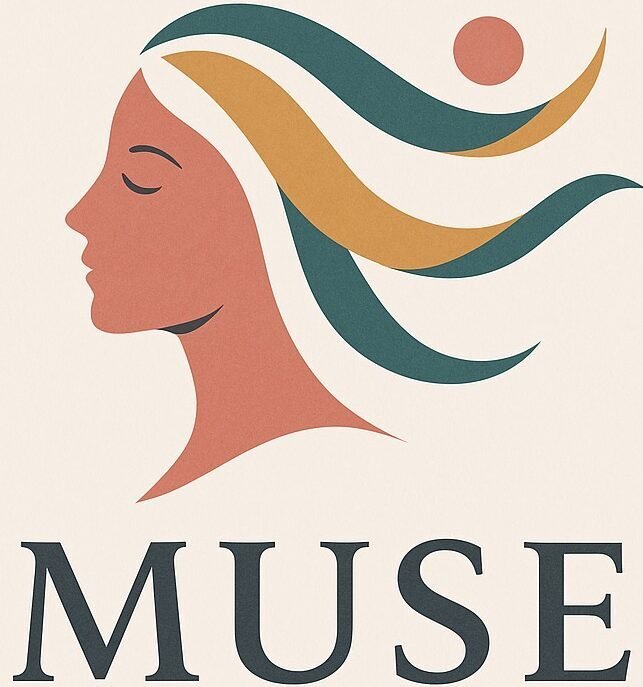You’ve heard it before because it’s true: leaders with strong emotional intelligence (EQ) start fewer fires and leave fewer bodies in their wake. EQ isn’t soft—it’s stabilizing. When self-awareness, empathy, and relationship management are flowing, meetings are shorter, emails are clearer, and decisions stick.
A simple practice from our workshops: spend a day reading faces—not to judge, but to notice. What micro-expressions are you seeing? Tight jaw (frustration), downcast eyes (shame), tilted head (curiosity). Pair it with a one-day listening sprint: ask one clarifying question before you offer an opinion. You’ll be surprised how often your “answer” changes after you truly hear the room.
Micro-moves you can try today
- Self-awareness: When you feel heat rise, name it privately (“I’m annoyed”) before you speak.
- Empathy: Reflect back one emotion you hear (“Sounds like this delay is exhausting”).
- Relationship management: End tough conversations with one concrete next step and owner.
Digital Leadership Is Not Optional (It’s the New Literacy)
For modern leaders—especially those targeted by women leadership training and women’s leadership development programs—digital fluency is now table stakes. Refusing to use social media or AI is like refusing the telephone in 1985. These platforms are distribution, signal, and speed.
Social media: the new public square
It’s how you signal priorities, amplify your team’s wins, and build asymmetric reach. You don’t have to post daily—but you do need a point of view and a cadence. Think of it as a standing meeting with your stakeholders—internal and external.
AI: the new calculator
People once argued calculators would make us “mentally flabby.” We survived—and shipped more value, faster. AI sits at that same inflection point. Treat it as a thinking partner: first drafts, pattern-finding, data trimming, scenario generation. Your edge is not typing faster; it’s deciding better.
Pick-one challenge (this week)
- Social: Publish a short post amplifying a teammate’s achievement and why it matters to customers.
- AI: Choose one workflow (summary, outline, or risk scan). Use an AI tool for the first 10%, then edit with your expertise.
- Analytics: Track one leading indicator (not just lagging KPIs) that predicts team health or project risk.
Curiosity Is a Power Skill (Pair It with Small Bets)
Curiosity + small experiments = momentum. Leaders who wonder out loud create psychological permission for teams to try, learn, and iterate.
Try a “tiny test” rhythm:
- Frame a what-if.
- Time-box a 45–90 minute experiment.
- Share one learning publicly—especially if it failed.
That failure transparency becomes cultural green-light for your team’s next useful experiment.
Build Your Anti-Gullibility Field (Critical Thinking in a Noisy World)
Deepfakes, hot takes, confident nonsense—your job is to keep your head when the feeds are spinning.
Three-checkpoint filter
- Source: Who’s saying it and what’s their incentive?
- Signal: What evidence would change my mind? (If none, you’re in belief—not analysis.)
- Second look: What credible counter-example exists?
The “3-Solutions” rule
For every important problem, generate three plausible solutions before choosing one. Research each lightly (10–15 minutes), then pick. This prevents the first idea (often the loudest or most familiar) from winning by default.
A 30-Day Upgrade Plan (Designed for Busy Leaders)
Week 1 — EQ Sprint
- Daily: 60-second emotion check-in before your first meeting.
- One meeting: Ask two clarifying questions before you propose a path.
Week 2 — Digital Fluency
- Pick one platform (LinkedIn or internal comms). Post 2–3 times: celebrate wins, share lessons, clarify priorities.
- Pilot AI for one repeatable task; document minutes saved.
Week 3 — Curiosity + Small Bets
- Run a tiny test on a customer pain point or internal friction.
- Share the learning in a short note to stakeholders.
Week 4 — Critical Thinking
- Apply the 3-Solutions rule to a real decision.
- Write a one-pager: choice, trade-offs, kill criteria (what would make you stop).
Why This Matters for Your Career (and Your Paycheck)
Organizations don’t reward the loudest opinion—they reward the leader who reads the room, navigates ambiguity, and compounds trust. EQ earns followership, Women STEM fluency with AI accelerates output, and critical thinking protects your judgment under pressure. That combo builds reliability and visibility—the two engines of the next-level paycheck.
Your Call to Action
Pick one lever for the next seven days: EQ, digital, or critical thinking. Declare your micro-commitment to your team (accountability unlocks consistency). Then report back what changed—speed, clarity, or cohesion.
Leadership isn’t about being everything; it’s about being effective. Start with one powerful shift, then stack the rest. That’s how modern leaders create outsized impact—without burning out.







